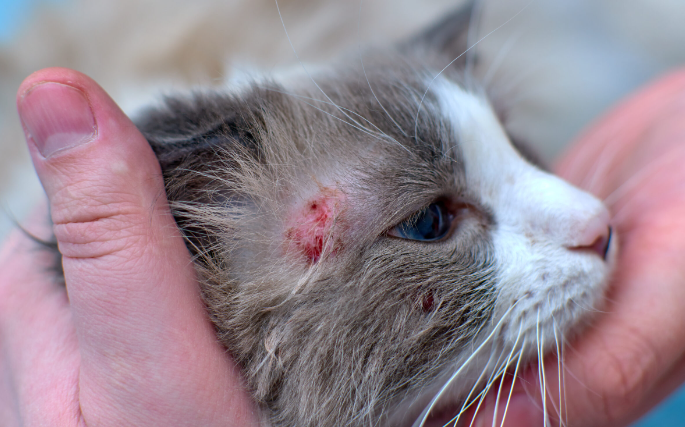Understanding Cat Allergies: What You Need to Know
Cat allergies affect millions of people around the world, causing discomfort and impacting their ability to enjoy the company of these lovable pets. Whether you’re a cat owner or considering adopting one, understanding the nature of cat allergies can help you navigate this common issue. This article delves into the causes, symptoms, and management strategies for cat allergies.
What Causes Cat Allergies?
Cat allergies are primarily triggered by proteins found in a cat’s skin, saliva, and urine. When cats groom themselves, the proteins become airborne in the form of dander, which can be inhaled or come into contact with skin. Interestingly, some cat breeds are known to produce fewer allergens than others. For instance, breeds like the Siberian, Balinese, and Russian Blue are often considered more suitable for allergy sufferers. Being aware of these differences can aid in making more informed decisions when choosing a feline friend.
Recognizing the Symptoms
Common symptoms of cat allergies include sneezing, runny or stuffy nose, and itchy, watery eyes. In more severe cases, individuals may experience asthma-like symptoms such as wheezing or difficulty breathing. These allergic reactions can occur shortly after exposure to cats, making it important to recognize the signs early. If you suspect you have a cat allergy, consulting an allergist can provide clarity through tests and personalized advice.
Managing Cat Allergies
Fortunately, there are several effective strategies to manage cat allergies. Regular cleaning can significantly reduce allergens in your living space. Utilizing high-efficiency particulate air (HEPA) filters in your home can trap dander and other irritants. Additionally, grooming your cat frequently can help minimize shedding and dander. Some people find that taking allergy medications can provide relief, but it’s best to discuss options with a healthcare professional. Whether you choose to adapt your home or seek medical advice, taking proactive measures can make cohabiting with a cat much more enjoyable.
In conclusion, cat allergies are manageable with the right knowledge and strategies. If you suspect you have an allergy, don’t hesitate to consult a healthcare professional to explore your options. With some adjustments and precautions, you can still enjoy the companionship of your furry friends. For more information on how to live comfortably with cat allergies, keep researching or talk to an allergy specialist!




